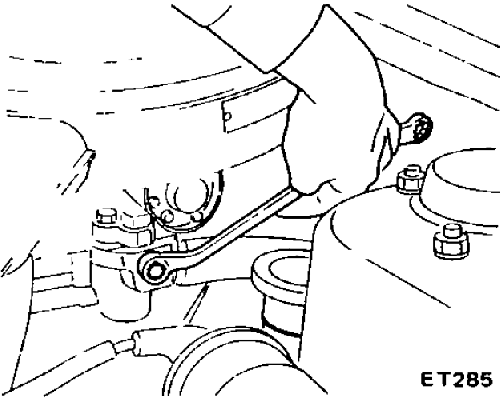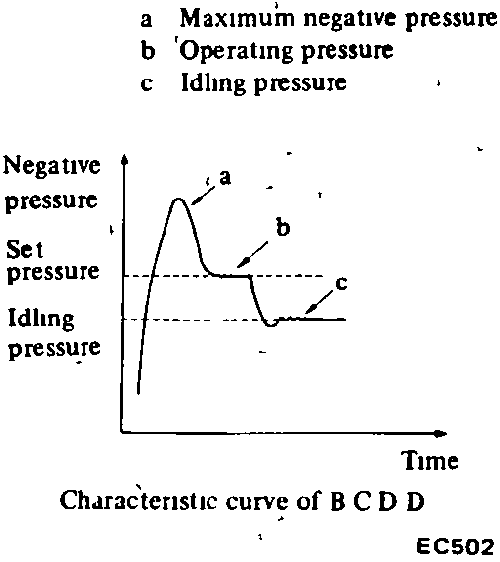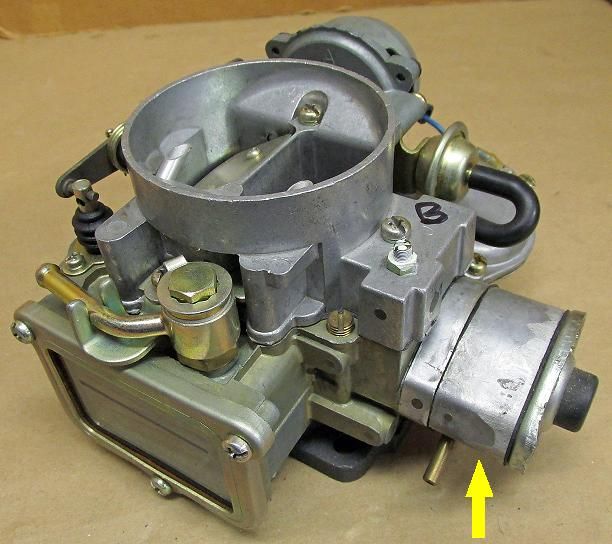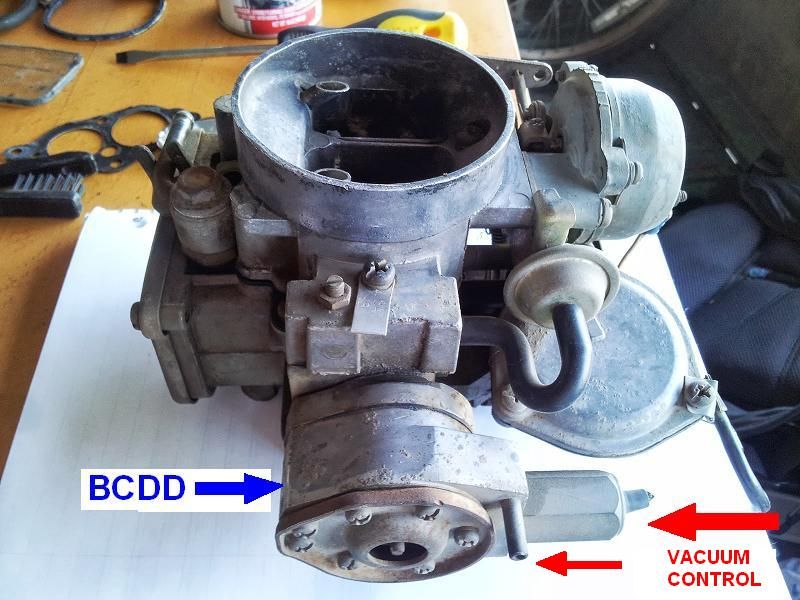BCDD was used on L-series engines to temporarily "hang" the throttle in order to reduce emissions. The A-series engine instead used the
Throttle OpenerQuote:
"level set at idling" - the vacuum level at idle cannot be set. I don't understand.
Yes, you are correct.
"decreases to the level set at idling" should be "decreases to the level
seen at idling". The BCDD temporarily causes the manifold to stay open, thus the vacuum will be lower than normal
Quote:
"gradually decreases" - I would never use the word "gradually", "quickly" would be more appropriate. What am I missing?
To me it seemed gradual, as in it took its sweet time. But to others maybe it seemed quick
I was used to the throttle coming back to idle as soon remove the foot. But with BCCD it took a bit of time. This is how most 2000s vehicles work although it varies a lot by the particular model, some seems to do it quickly, others take notoriously longer such as the
2018 WRXQuote:
"Check the BCDD operating pressure" - no instructions are given how to do that
this was from the Datsun factory service manual. i think Nissan meant vacuum when they said pressure (in other words
vacuum pressure)
Check the the BCDD operating pressure is within the specified range.
BCDD set pressure:
-19.69 inHG manual transmission
-18.90 inHg automatic transmission
To measure this "pressure" (vacuum level), use a vacuum gauge








 Transfer
Transfer



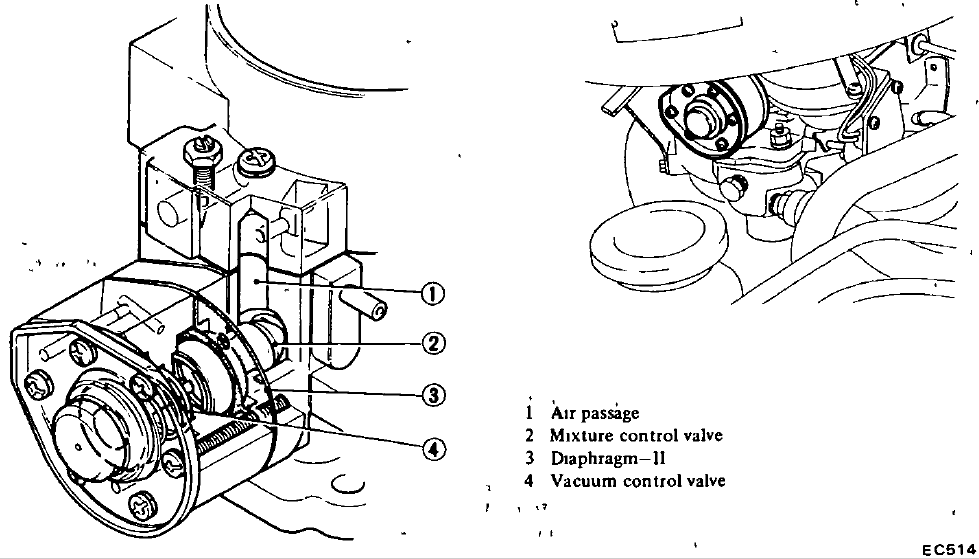



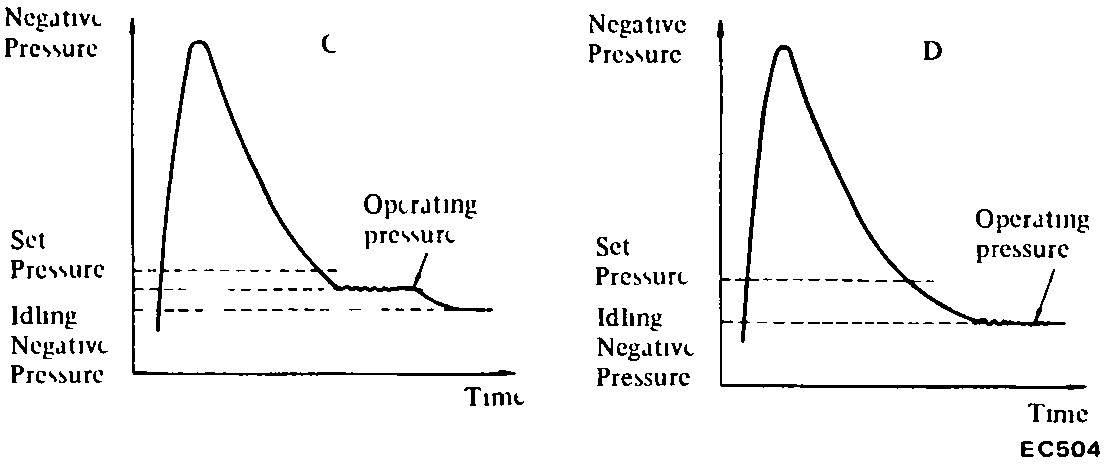
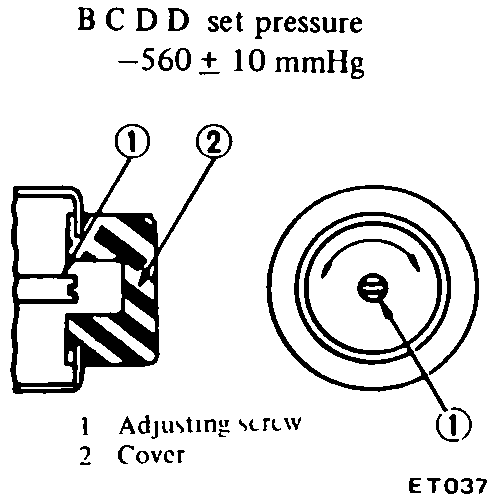
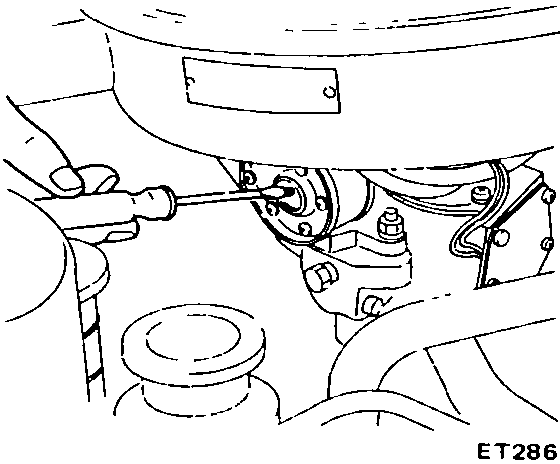
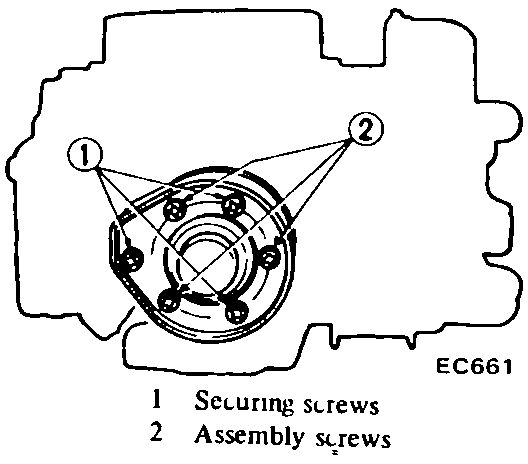
 Figure EC-23 Boost controlled deceleration device.png (55.16 KB)
Figure EC-23 Boost controlled deceleration device.png (55.16 KB)